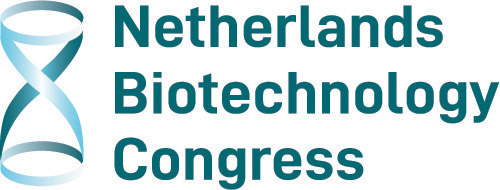Optimization of 2G UNic™ Technology for increased production of difficult to express therapeutic proteins in CHO GS-/- cells
Bart Engels, Annemarie de Jel, Chantal Tilburgs; Tomás Aguirre González, Raymond Verhaert and Maurice van der Heijden (heijden@proteonic.nl)[1]
[1] ProteoNic
Traditional CMV promoter based expression vectors are still commonly used in otherwise highly optimized methods applied to generate CHO cell lines for production of therapeutic proteins. ProteoNic has identified genetic elements which solve limitations of existing expression vectors. 2G UNic™ technology consists of a combination of optimized genetic elements which synergistically improve transcription, leading to increased mRNA levels, and translation, resulting in more protein per mRNA molecule. The elements are inserted into existing (platform) vectors or provided as complete ready-to-use vectors to boost the production of pharmaceutical proteins in stably transfected CHO cell lines. Application of the technology routinely results in 2-3 fold increased expression in pools and clonal cells in platforms with antibiotic or DHFR selection.
The 2G UNic™ technology was successfully combined with glutamine synthetase (GS) selection for high titer (>5 g/L) mAb expression in different CHO GS null cells. Here we present further development of vectors for increased expression of difficult-to-express (DTE) proteins. We present case studies including successful commercial applications of 2G UNic™ technology in expressing DTE pharmaceutical proteins in CHO GS platforms. The data show that the 2G UNic™ genetic elements can be successfully used to obtain significantly increased titers of DTE proteins, including fc-fusion proteins, bi-specific Abs and large multi-subunit complex biotherapeutics.

